Bloodworm
What Does The Bloodworm Imitate?
Bloodworms are one of the stages of chronomidae and used by fly fishermen to get great numbers of trout. The Bloodworm is blood red in colour and found at the bottom of lakes and rivers great for Rainbow & Brown Trout. Midges start life as a bloodworm and live in the soft mud found in most still waters and some silted muddly rivers. Bloodworms get their colour from the oxygen and hemaglobin held within the bloodworm hence the name 'blood' 'worm'. Many other freshwater species love these buzzers.
Check our midge family hatch frequency and guide to fishing with buzzers for more information when and where to use the different colours and increase your chances of catching that nice trout.

Bloodworm Flies Fishing Techniques
Bloodworms should be fished deep which is where the natural bloodworm will be found close to the bottom of the lake. Ideally fish as the point fly on a team of 3 or 4 flies as the deepest fly to provide a natural imitation and mimic the emerging buzzer with trout buzzers higher up the team of flies. Bloodworm are an important fly for the fly fisherman as they are that start of the emerging form of a midge which is the only fly to hatch 365 days per year.

Bloodworm Fishing Flies
Buzzers are midge pupa and take their name from the buzzing noise they make when in a swarm. They start life as a bloodworm and live in the soft mud found in most still waters. These blood red worms get their colour from the oxygen and hemaglobin held within their bodies. When they are getting near to hatching they lose their blood red colour and take on a more somber appearance. They then make their way from the lake bottom up through the water columns to the surface. This is achieved by a wriggly swimming action. They swim towards the surface then stop either to catch their breath or waiting for the right conditions to hatch. When they stop wriggling towards the surface they slowly sink back down before swimming upwards again. When they eventually reach the surface they hang from the surface film and hatch out in to adult buzzers or midge.
The life cycles of the buzzer can be imitated with a good degree of accuracy, they hatch out on virtually every day of the year. Some of the hatches will be localised and may not be spotted unless fishing in that area. Buzzer hatches can be spotted, by either looking for the adult fly, or finding the spent pupa bodies (shucks) in the surface film.
Available in Fly Size(s)
12, 14 & 16.
Available in Fly Size(s)
12, 14, 16.
Available in Fly Size(s)
10, 12, 14.
How To Fish A Bloodworm Movement Video
This video shows the movement of the buzzer and bloodworm, it is this movement that we are trying to imitate when fly fishing. Best methods are slow or static! Buzzers are superb flies, check our midge family hatch frequency and guide to fishing with buzzers for more information.







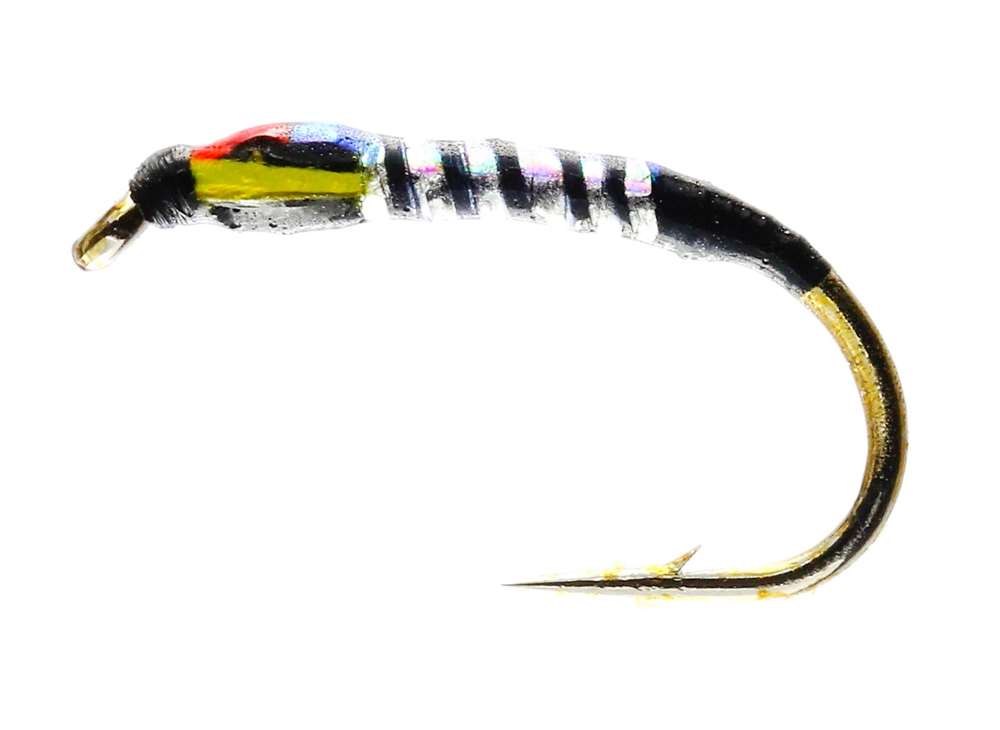
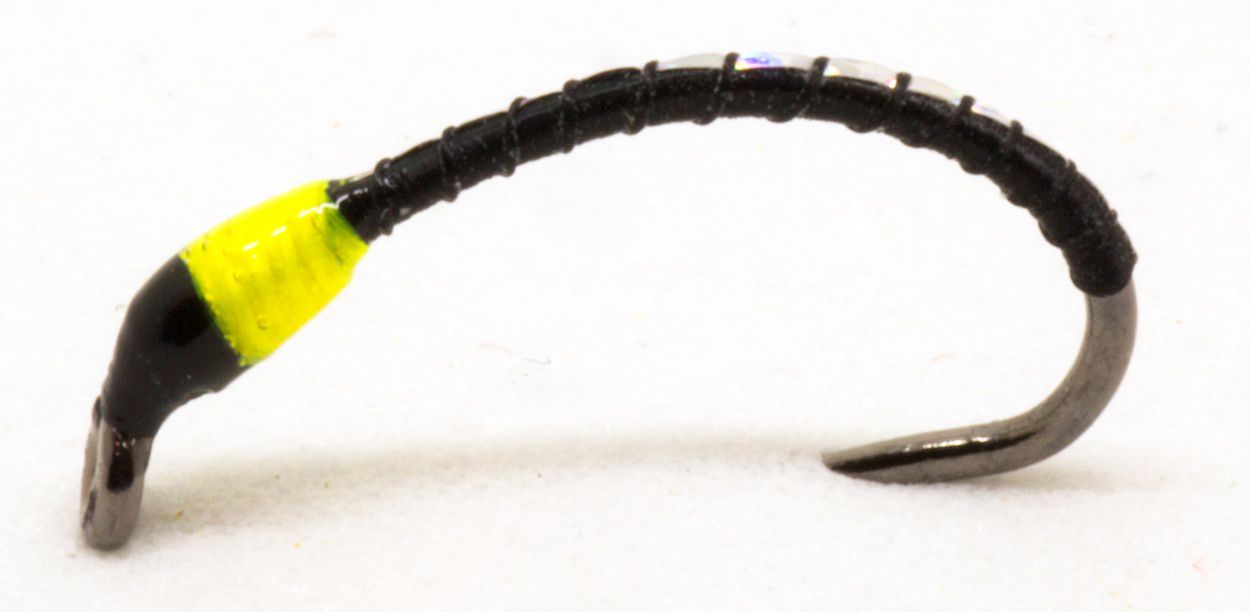
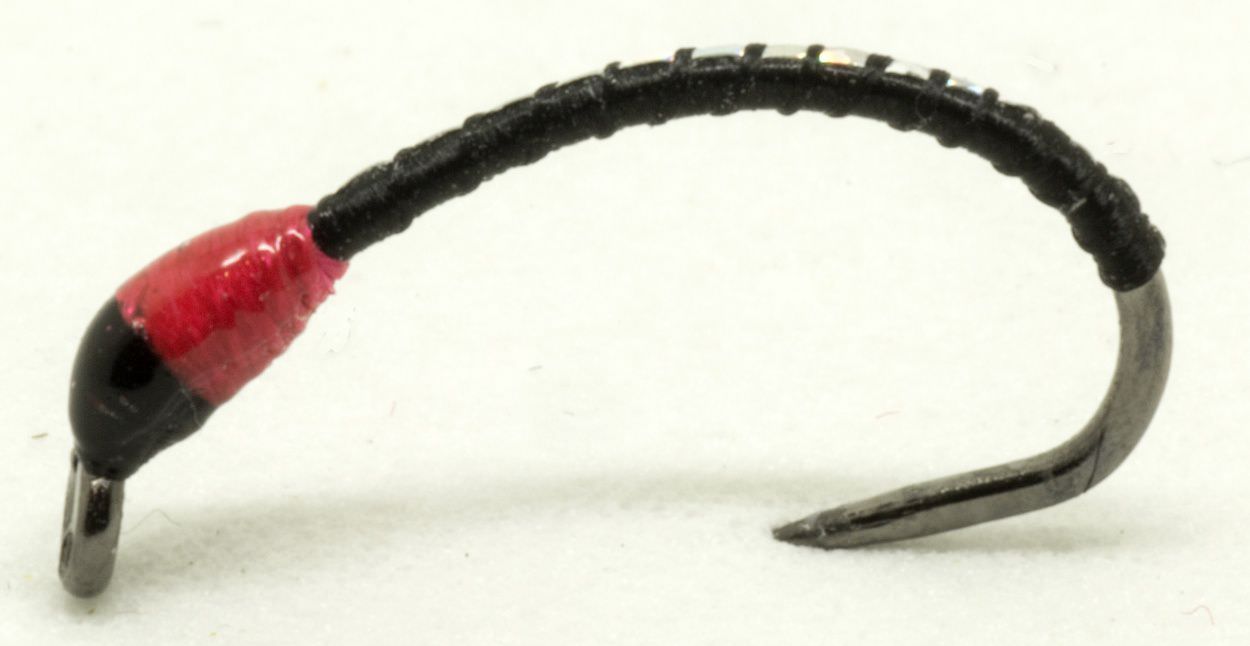
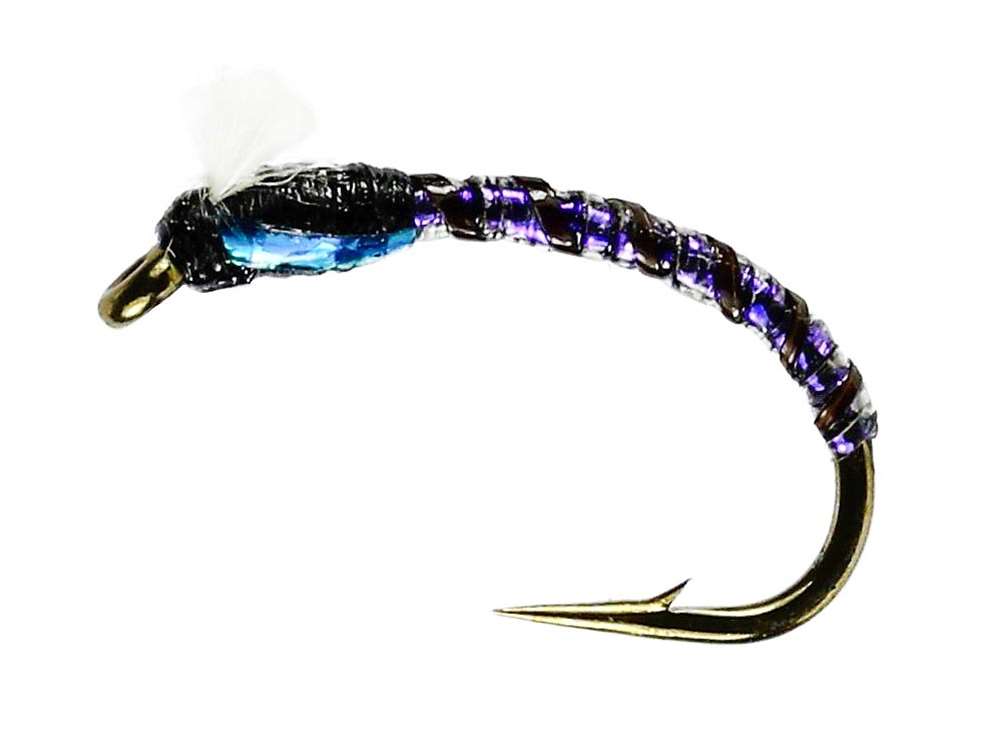
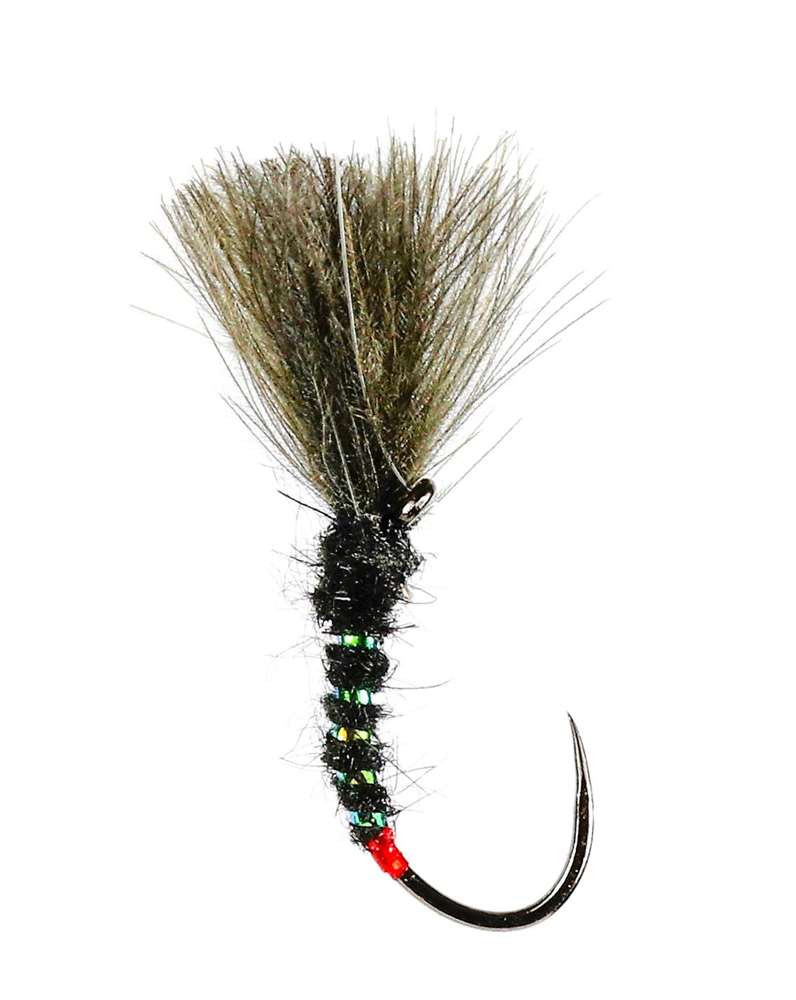
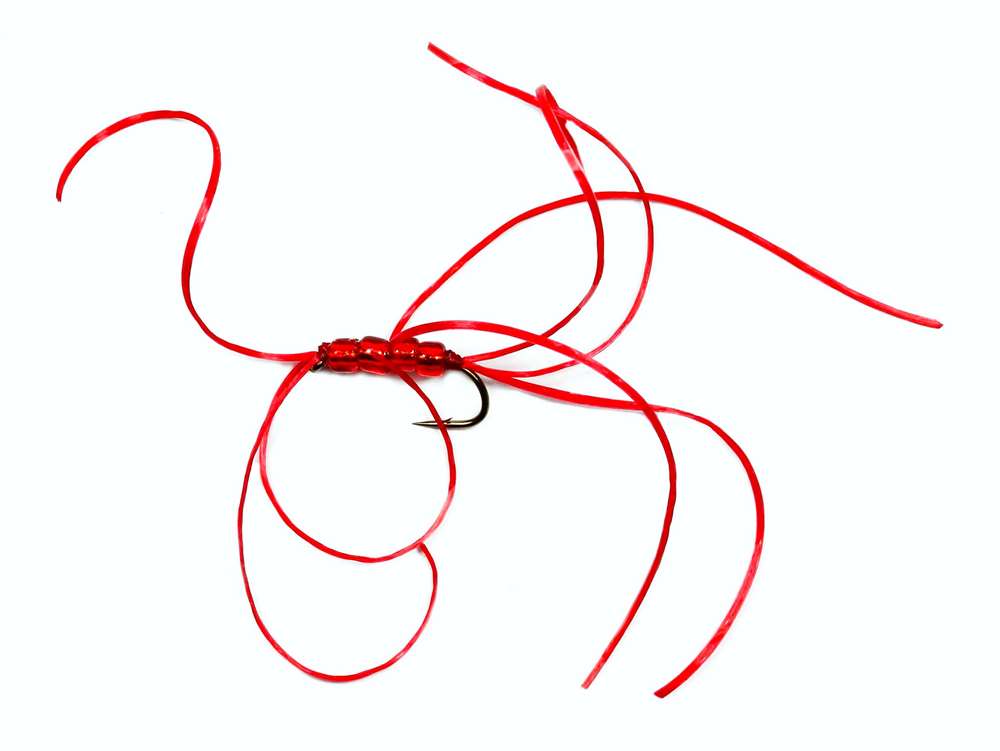
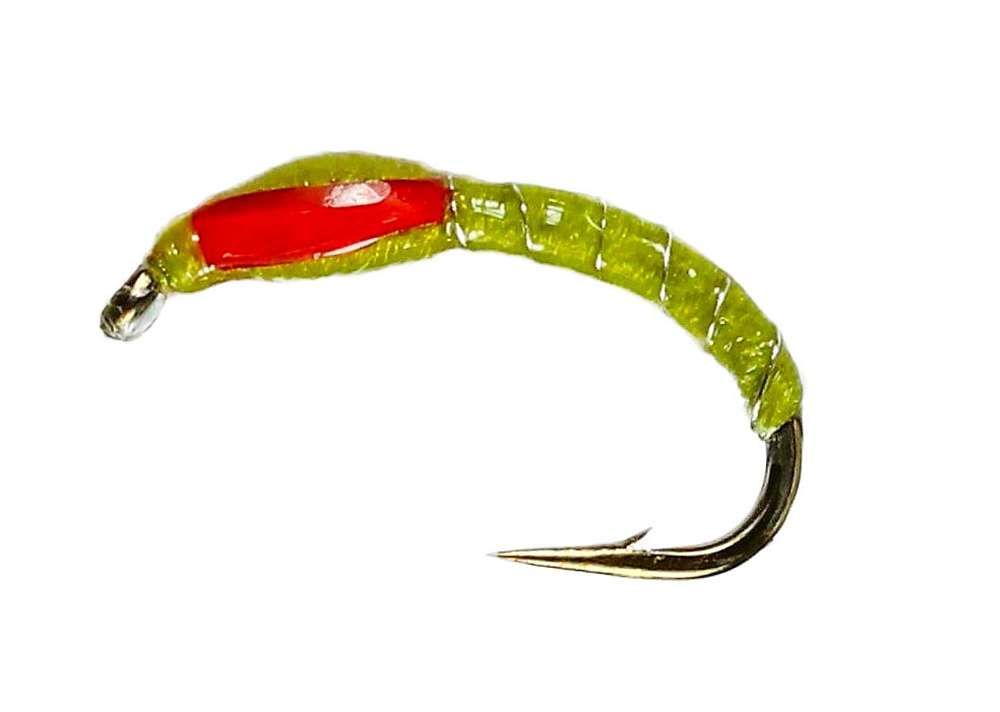
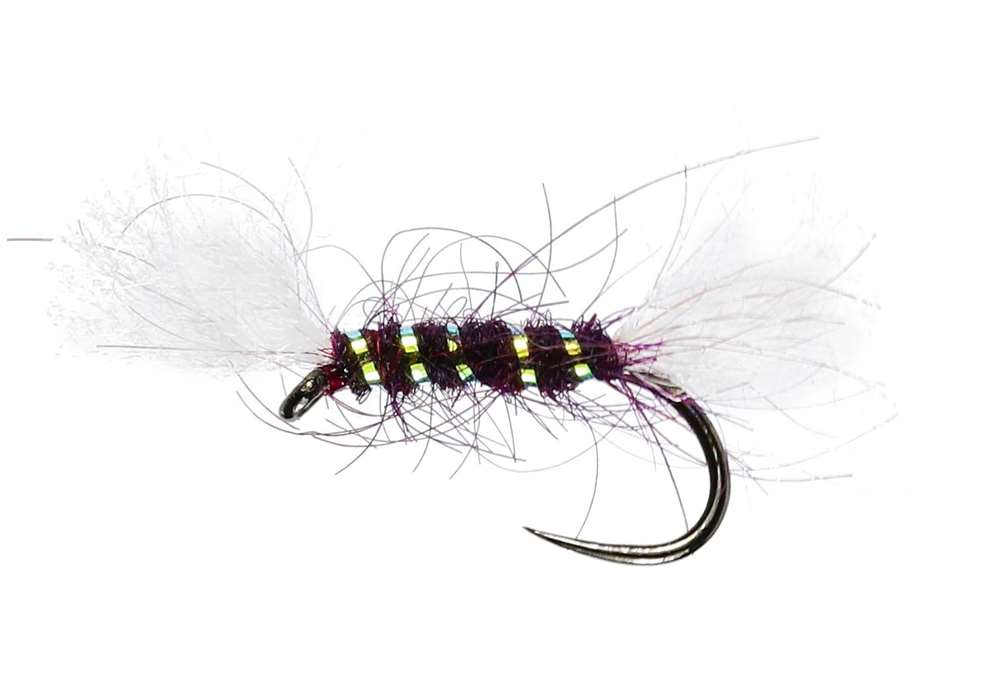

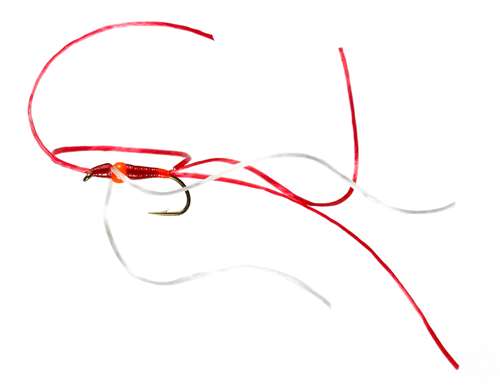
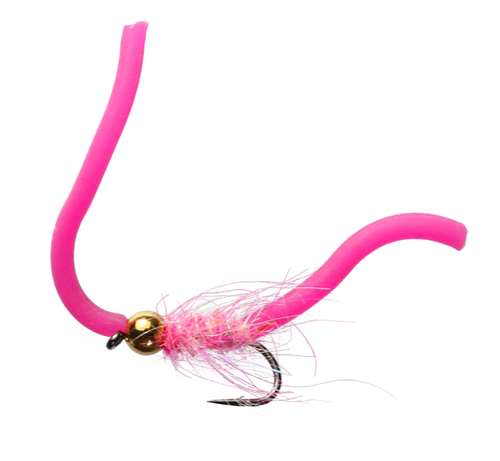


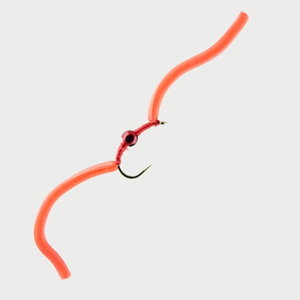


.jpg)
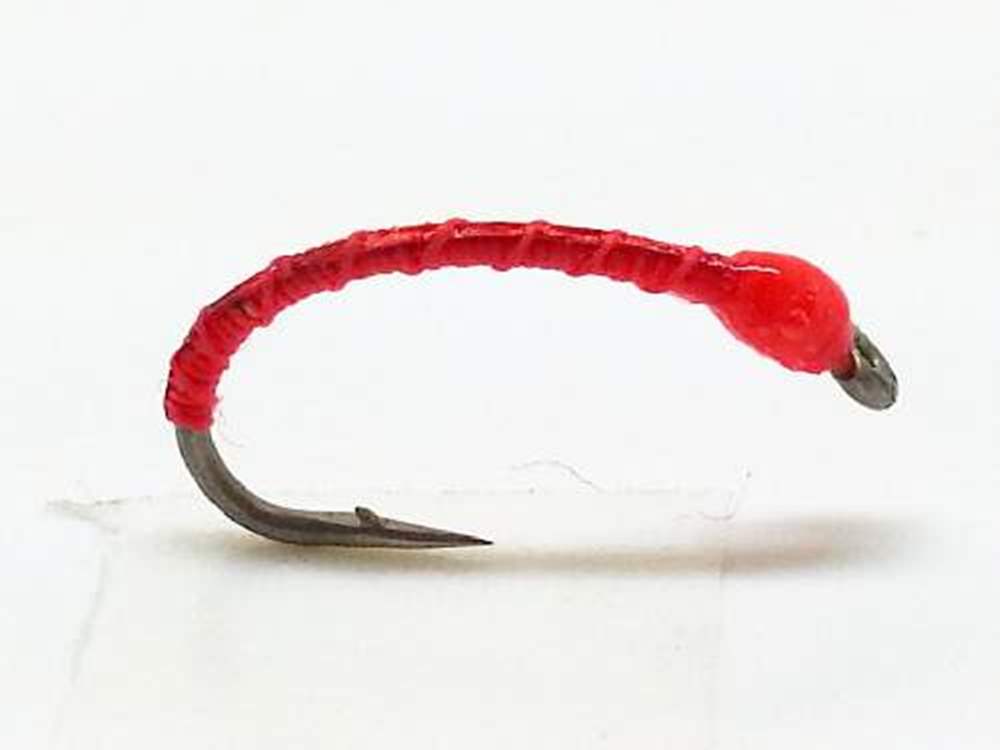






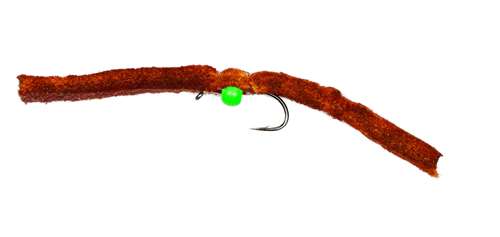



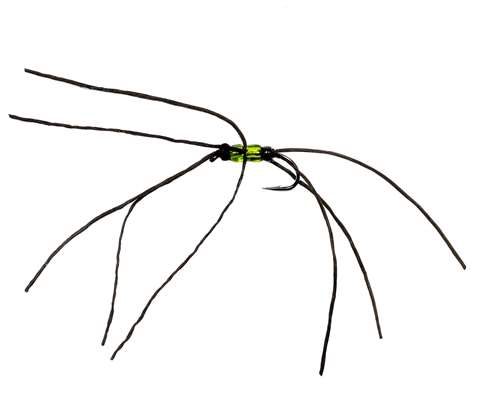






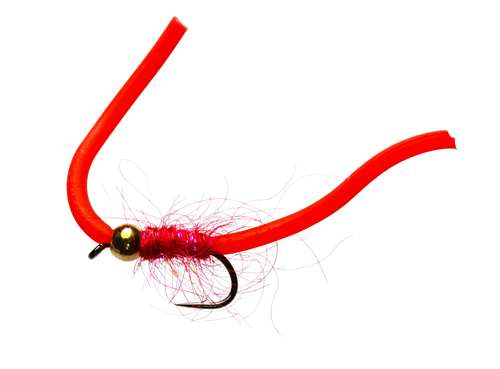

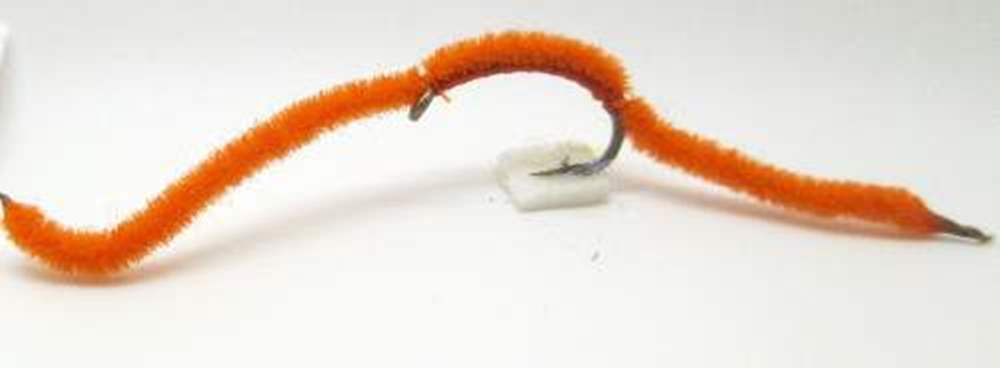
.jpg)
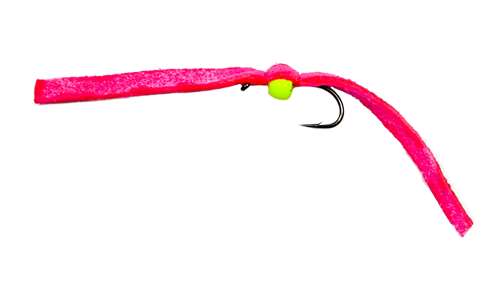



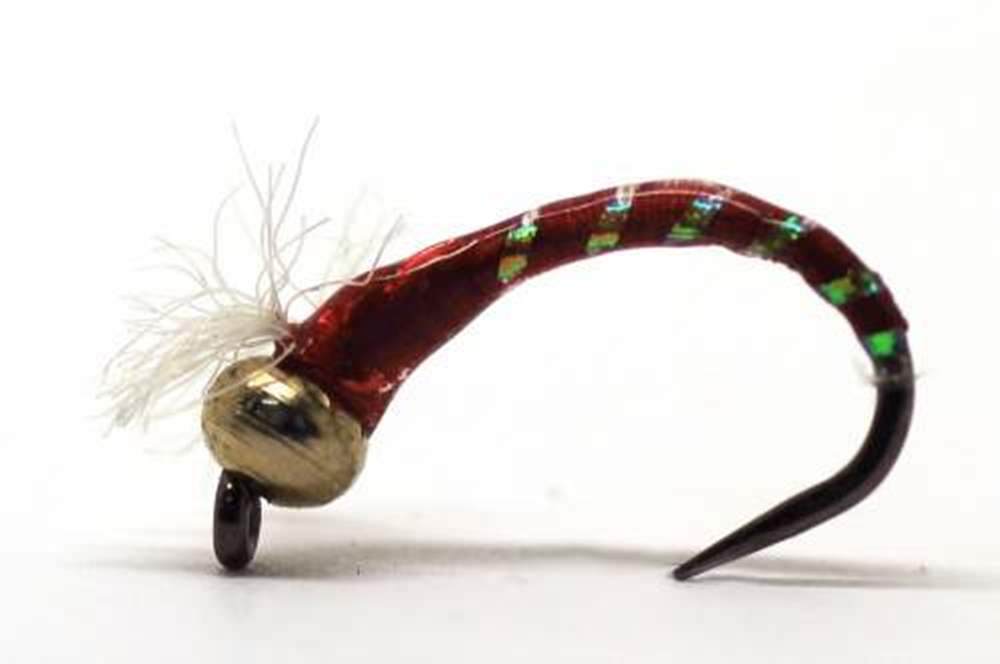
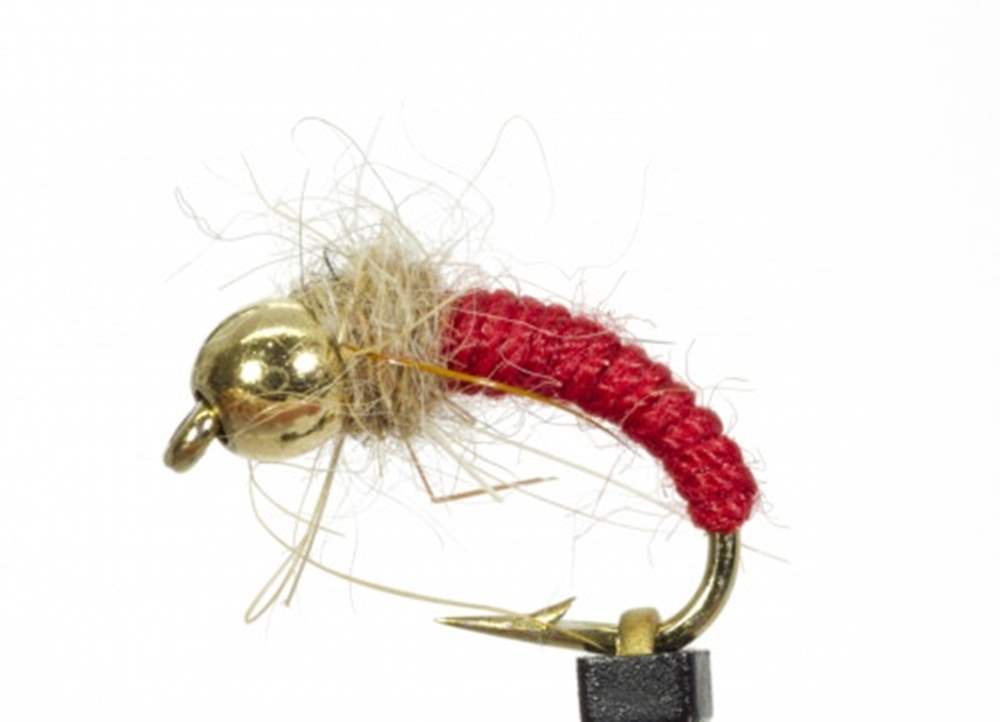

.jpg)
.jpg)
.jpg)
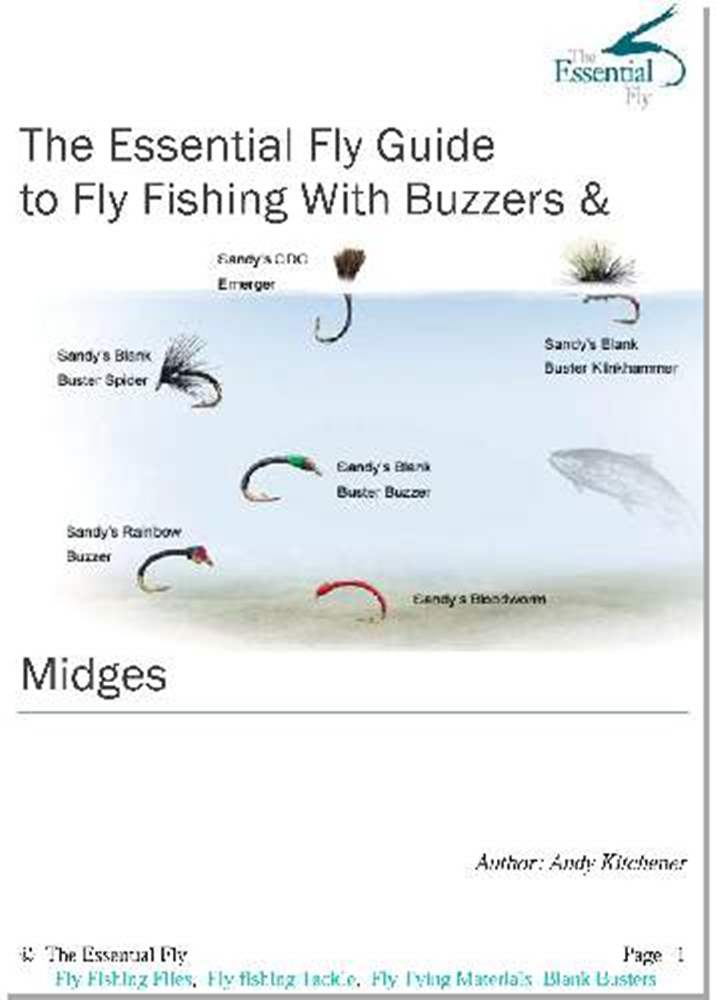

.jpg)